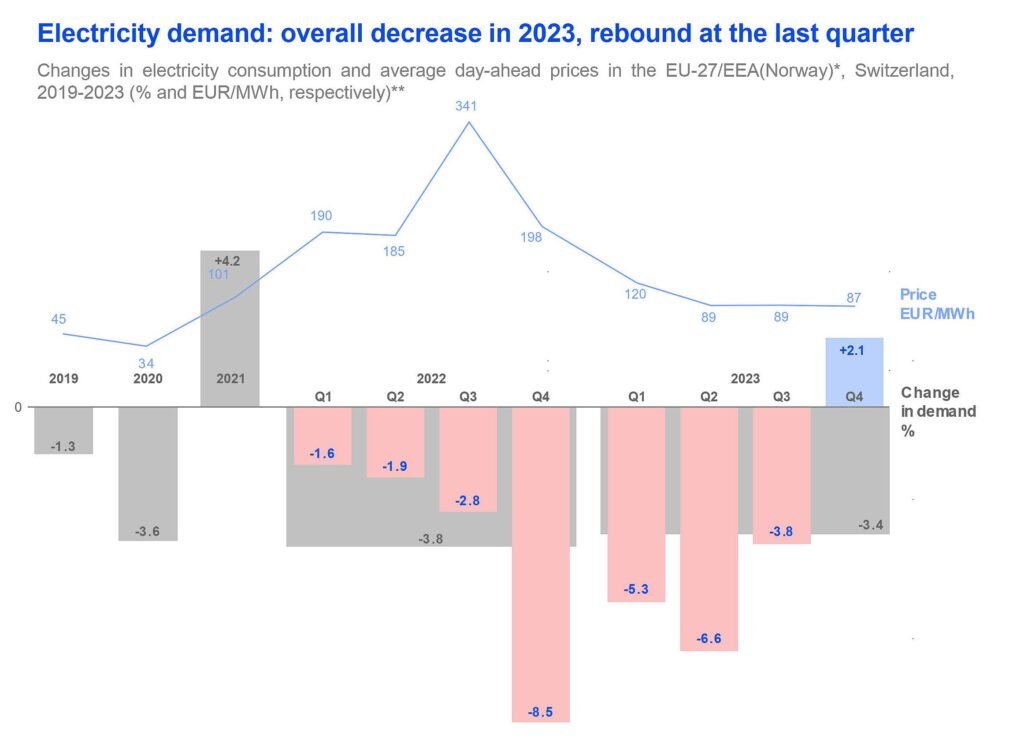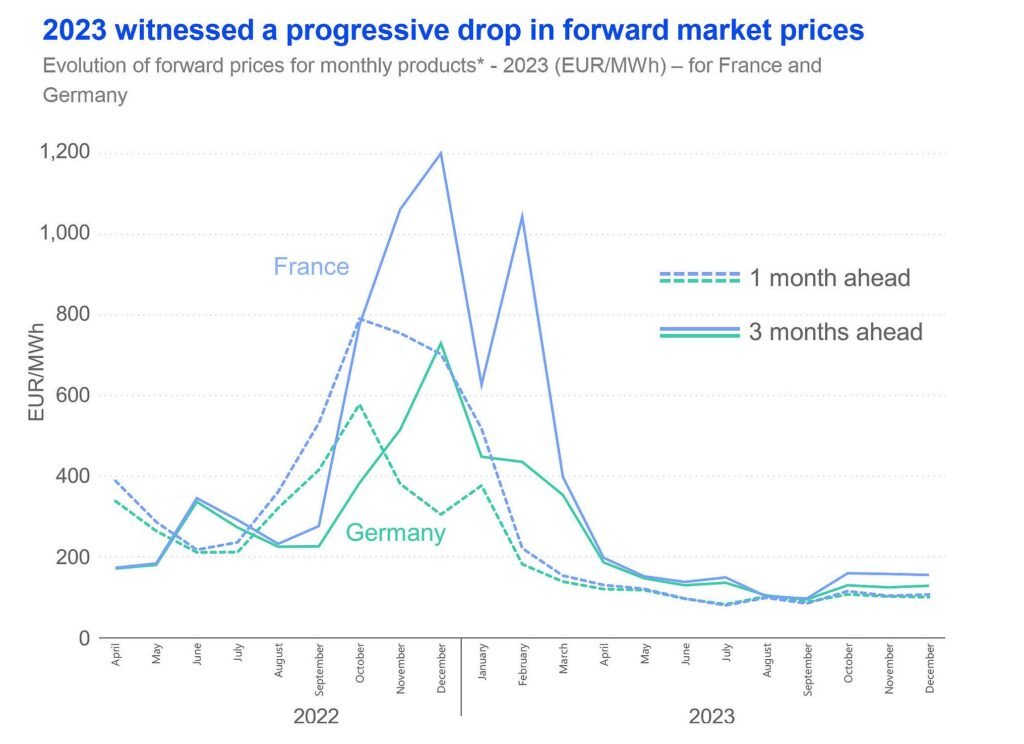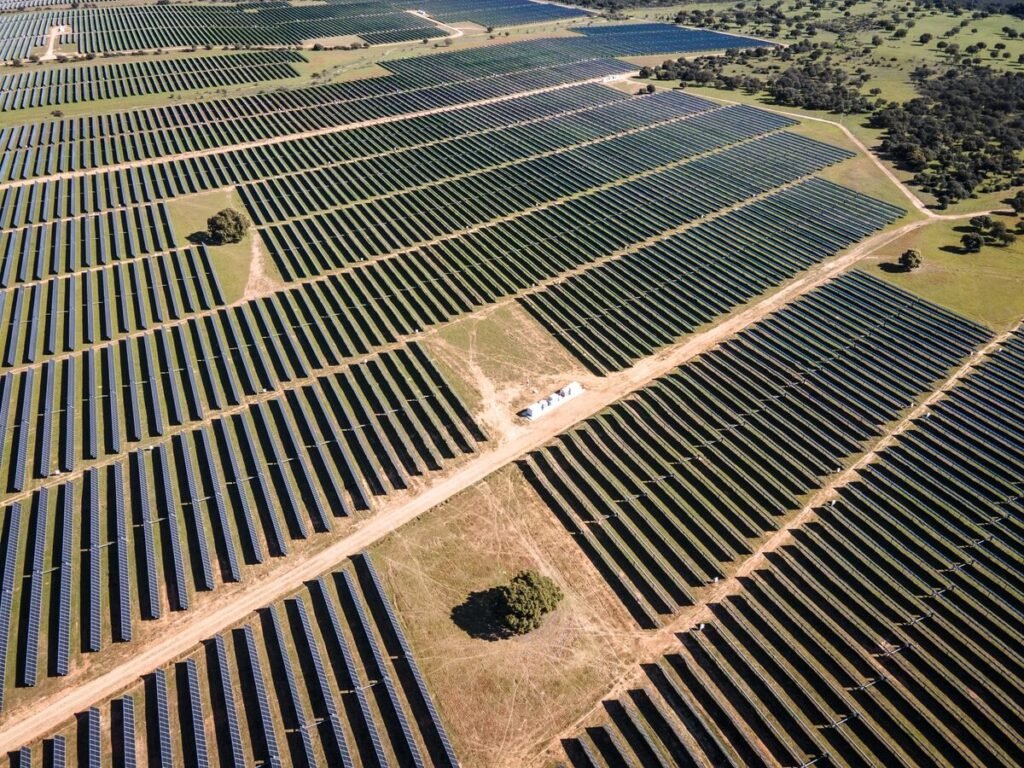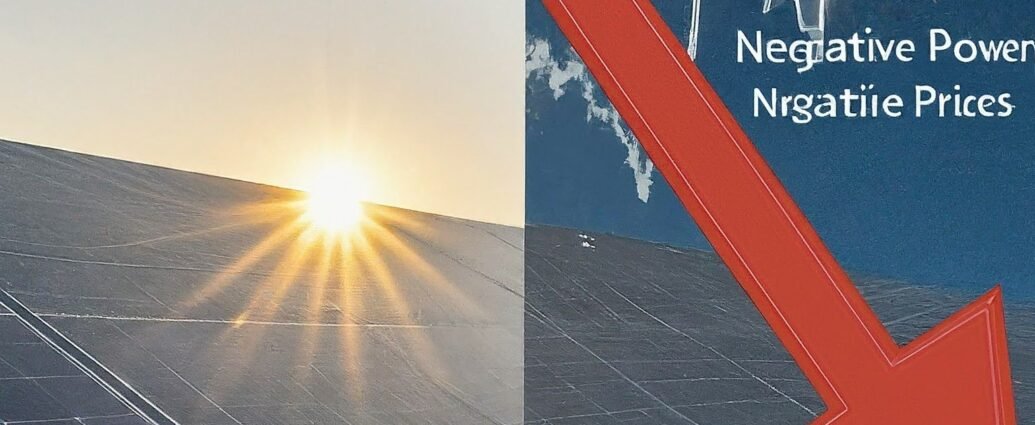The rise of renewable energy in Europe is a double-edged sword. Soaring wind and solar production are driving down electricity costs, with prices even dipping into negative territory at times. This windfall for consumers and the environment is causing jitters in the energy industry.

Negative Prices: A Bizarre Twist
Negative prices occur when abundant renewable generation clashes with low demand, often on holidays. Power producers essentially pay consumers to take excess electricity, though taxes and transport fees usually prevent a complete free ride.
While negative prices were uncommon historically, they exploded in 2023 according to ACER, the EU market regulator. The trend continued in 2024. Denmark saw record-breaking negative prices in May due to excessive sunshine, while German solar producers grappled with a chaotic market. California, a solar leader, also experienced negative daytime prices in April, underscoring the challenge of excess renewable energy.

Storage: The Missing Piece
This situation highlights the urgent need for efficient energy storage solutions. The ability to redistribute power from high-supply periods to high-demand periods would iron out grid imbalances. Several innovative solutions are emerging to address this challenge.
Investor Woes: A Green Paradox?
The prospect of declining revenues due to negative prices is causing investors to pull back, potentially hindering further investment in renewable projects. This creates a paradoxical situation where the very success of renewables could slow down their own growth.

Spain’s energy minister, Teresa Ribera, echoed these concerns in April, highlighting the potential for negative prices to stifle investment despite their benefit for consumers.
Europe’s experience demonstrates the need for a multi-pronged approach. While expanding renewable energy sources remains crucial, robust energy storage solutions and market adaptations are essential to ensure continued growth and a truly sustainable energy future.
Experts predict the trend of increased negative energy prices could continue for another decade, so for now, get used to this strange new world.
Reference- Bloomberg, Futurism, Reuters, ACER website






